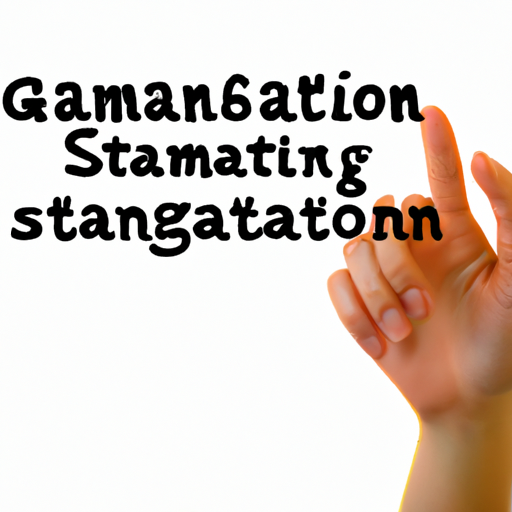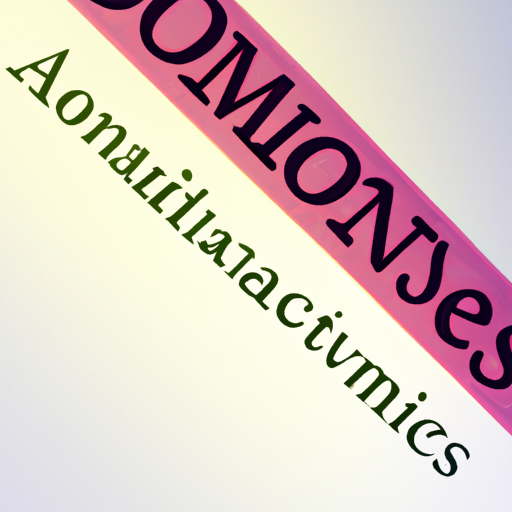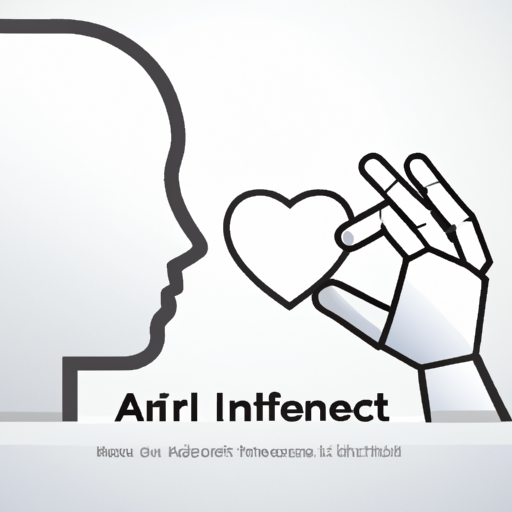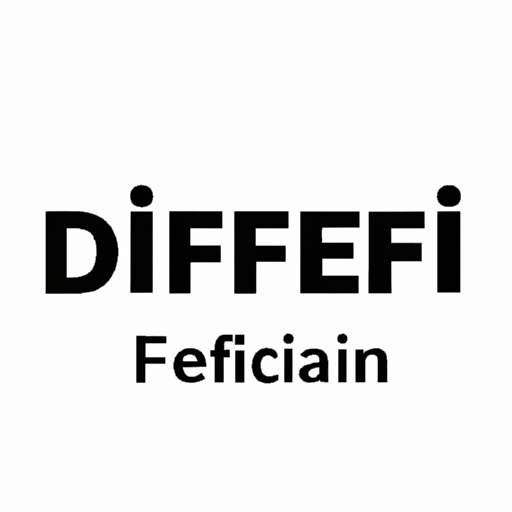In today’s fast-paced digital world, engaging users has become a critical component of software design. One innovative approach to achieve this goal is through gamification. By incorporating game mechanics into software applications, developers can create a more interactive and enjoyable user experience.
What is Gamification?
Gamification refers to the integration of game-like elements into non-game contexts to encourage user participation and increase engagement. This can include features such as points, badges, leaderboards, challenges, and rewards, which motivate users to interact more actively with the software.
Benefits of Gamification in Software Development
1. **Increased User Engagement**: By leveraging gamification, developers can transform mundane tasks into exciting challenges. This keeps users coming back and spending more time within the application.
2. **Improved Learning Experiences**: Gamification is particularly effective in educational software, where interactive elements can enhance learning retention and make the process more enjoyable.
3. **Motivation and Productivity**: Introducing gamified elements can boost motivation levels, prompting users to complete tasks more efficiently while striving for personal or team-based goals.
4. **Enhanced User Feedback**: Gamification can provide immediate feedback, allowing users to understand their progress and skill levels, which in turn helps with user retention.
Effective Gamification Strategies
To implement gamification successfully, developers should consider the following strategies:
– **Define Clear Goals**: Establish clear objectives that users can aim for. This helps create focus and direction.
– **Incorporate Meaningful Rewards**: Users should receive rewards that resonate with them and enhance their experience within the software.
– **Design Engaging Challenges**: Create challenges that require skill or teamwork while maintaining a balance between difficulty and accessibility to ensure users remain motivated.
– **Utilize Visual Progression**: Incorporate progress bars and visual indicators to show users how far they’ve come. This visual engagement can push users towards completing tasks.
Real-World Examples of Gamification in Software
Several companies have successfully incorporated gamification into their platforms:
- Duolingo: The language learning app uses gamified elements like levels, points, and a competitive streak with friends to enhance vocabulary acquisition.
- Fitbit: The fitness app integrates rewards and challenges to motivate users to stay active and achieve fitness goals.
- Salesforce: Their platform includes gamified elements to encourage sales teams to compete, boosting productivity and performance.
Conclusion
As the competitive landscape in software development continues to evolve, gamification stands out as a powerful tool to enhance user engagement and retention. By focusing on user experience and incorporating game mechanics, developers can not only keep users interested but also elevate the overall effectiveness of their software applications. Start thinking creatively about how to blend game elements into your next software project for maximum impact!
Embrace the future of software development with gamification and watch your user engagement soar!




